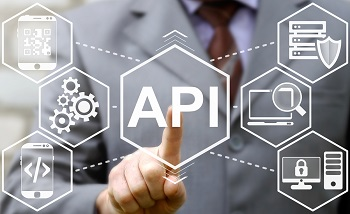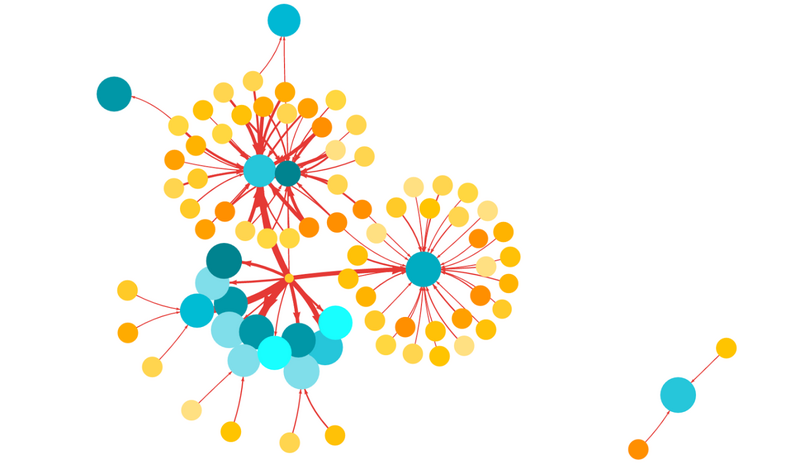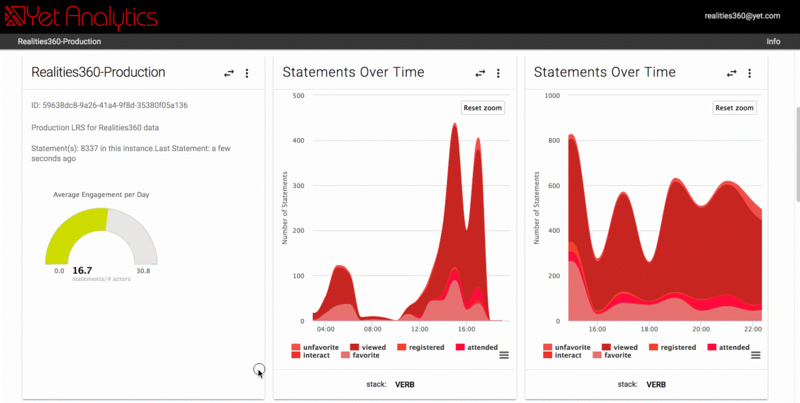ATD Blog
5 Business Reasons Why xAPI
Wed Sep 20 2017

Essentially, xAPI (Experience API) is typically viewed by learning and development (L&D) professionals as a tool to help with:
tracking learning where learners go, not just in the LMS
tracking learner performance inside a course
tracking granular choice and experience data in learning software
measuring engagement in mobile and social learning programs
unifying data from multiple learning and performance platforms.
These are all great reasons to use xAPI, but they don’t always resonate with key stakeholders in other parts of the business. In order to gain traction in the larger organization, L&D professionals need to answer the question of “Why xAPI?” in ways that make sense to the business.
Based on our experience over the last five years as enterprise industry xAPI advocates, we’d like to share some key business reasons for using xAPI.
Up Your Measurement Game
Most learning professionals are concerned about measuring the efficiency, effectiveness, and alignment of learning programs with the business. However, as a group we are not very good at it. According to a July 2015 research report published by Bersin this practice remains a challenge for most L&D organizations. The need exists: 95 percent of CLOs surveyed consider it urgent, but fewer than 5 percent feel confident in their ability to use data and analytics to deliver insights on the connection between learning investment and business outcomes.
The chart below provides an example of a maturity model for learning measurement.

In our experience, most organizations fall in the “Managed” category, and a number of factors contribute to this. In particular, there is the fact that if you are only collecting Level 1 and Level 2 data, you are not in a position to give insight to the business.
The business needs Level 3 and Level 4 data to determine if the training was applied on the job. It also wants evidence that behavior changed as a result of the training and that the team overall is better prepared to meet their goals and exceed expectations.
But how can you access that Level 3 and Level 4 data when that information happens outside of the LMS and training programs? If your business team wants those results, xAPI offers the key to that optimization. As an application programming interface (API), the Experience API is designed to integrate with a host of systems and tools to provide automated collection of a broad array of data to support Level 3 and Level 4 measures.
So if you run a training program for your sales team about a new product, for example, you can connect the course performance data to their sales performance data and customer satisfaction data. This automatically correlates the impact in Level 3 and Level 4 terms that the business will understand as measurable ROI.
Get Data and Analysis on 70-20-10
Whether you believe the formula or not, 70-20-10 offers a model for blending formal and informal learning that many L&D groups apply in the design and delivery of learning programs. The rise of social and mobile learning applications creates a significant challenge for L&D professionals: how can they gather information about what is going on in learning environments beyond the traditional LMS. When L&D is committed to delivering a learning experience with blends of formal and informal learning, xAPI-enabled technology solutions are a smart way to ensure that all types of learning are captured and made accessible for analysis and optimization (see figure below).

See Analytics That Match Your Organization
Most organizational models look like the chart illustrated below:

In reality, the way teams typically work is far different. In a complex world with complex relationships and interdependencies, most work and learning doesn’t take place in structural hierarchies. They take place in heterarchies—networks of team members with overlapping skills and combined values. In other words, organizational structures look a lot more like this:

Human capital in the modern workplace requires us to contemplate Organizational Network Analysis. A close study of the nodes and connections that make things happen at work enables us to support innovation and benefit from this new “team of teams” model. xAPI offers the solution and tools to enable detailed analysis of working and learning in this model.
In the xAPI data visualization above, yellow are team members, blue are the things they do, and the red lines are the types of actions the team members take. Being able to look at your organization from the perspective of activity instead of the perspective of infrastructure enables leaders and managers to immediately see the outliers. With those outliers identified, it is important to address several key questions:
Who is disengaged?
Who is spending the most time collaborating with others?
Who might be right for a greater leadership role?
Which course was the best investment this quarter?
Answering questions with data analytics that match the blueprint of how your organization gets work done changes the way the business understands and can personalize culture and programs to the individual profiles of its learners and teams.
Track and Optimize Onboarding
Successful onboarding of new employees requires more than filling out forms, offering “new employee orientation” program, fulfilling compliance training, issuing a computer, and providing system access and passwords. To help new employees succeed in the organization (and make sure they stay) requires process, learning, and enculturation.
Done correctly, onboarding is a structured series of events that takes place over time and involves both people and content. Depending on the organization and the workplace environment, onboarding might consist of a blend of live, on-demand, and virtual activities, as well as human interaction.
xAPI offers the flexibility to provide data and insights to manage and monitor onboarding activities to ensure that programs are effective and efficient. What’s more, with time and data, common employee personas can be uniquely customized for the types of learner profiles at your organization to make sure that the right experience is presented to the right learners at the right time to optimize the success of onboarding. Additionally, with access to real-time data that is enabled through xAPI, team leaders can spot patterns of performance issues (see figure below) and implement just-in-time interventions for individuals demonstrating subpar onboarding outcomes.

Track Modern Learners
Anytime, anywhere, any device. The modern learner wants access to learning resources now—whenever and wherever now happens to be. This creates a significant challenge for L&D professionals because visibility into the modern learner’s activity is severely limited. Fortunately, xAPI can passively track every aspect of what, where, and how modern learners are engaging in learning activity, without disrupting workflows or requiring extra effort on the part of the learner.
Take for example this visualization of activity at a recent conference (see figure below):

The interactive conference app, built by Float, was xAPI enabled and tracked all kinds of experiences and activity by conference-goers. The data was collected and visualized in the Yet LRS, making it easy to see patterns of activity over time, such as which sessions were most popular, who the most active users were, and when attendees were the most active. These patterns of activity over time enable the instructional designer to see not just outcome results but real-time formative learning data across diverse learning experiences.
In our next post, we will look at five more business reasons to use xAPI.
You've Reached ATD Member-only Content
Become an ATD member to continue
Already a member?Sign In
